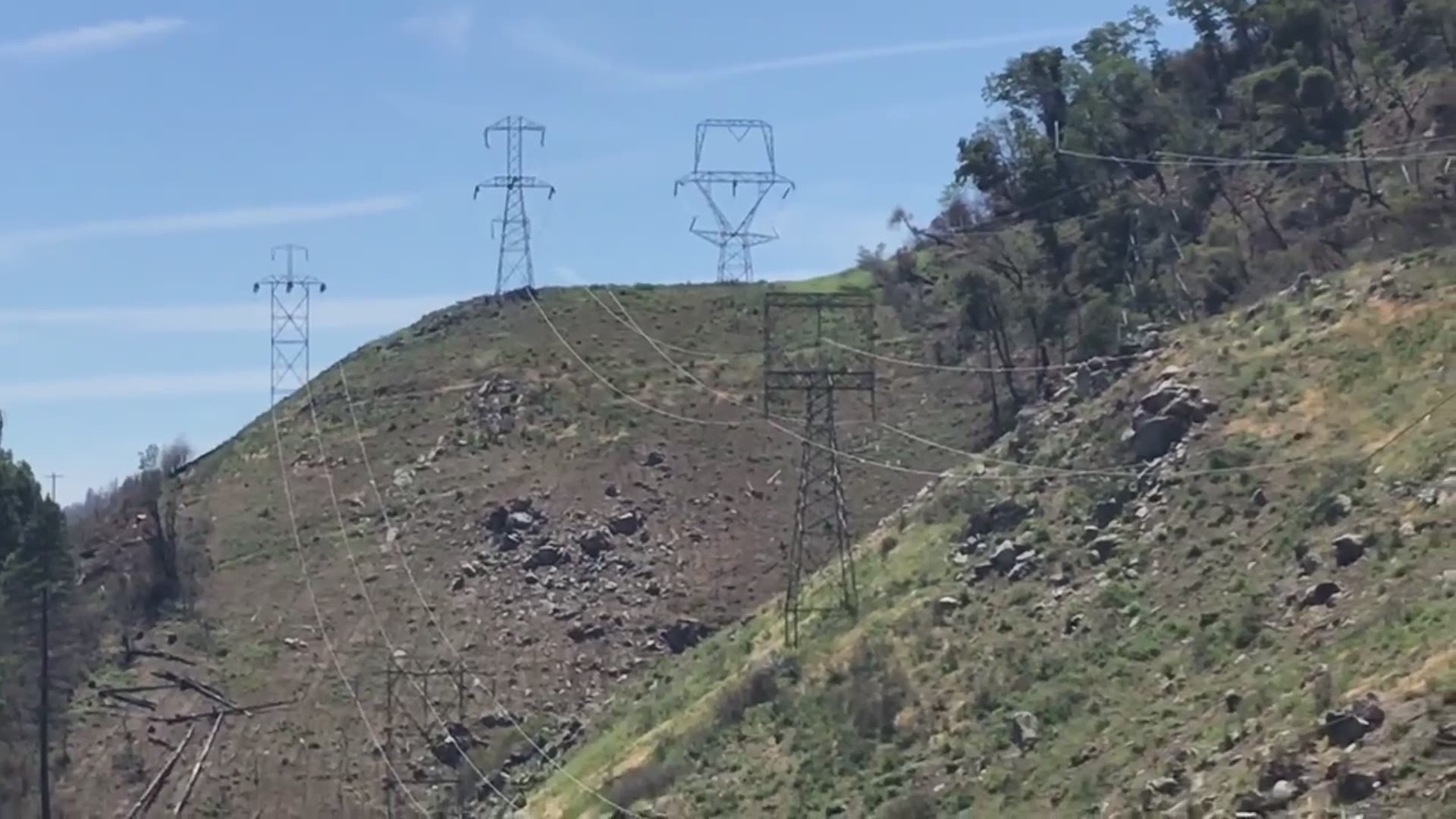SACRAMENTO, Calif. — Fire agencies across the state are constantly working on preparation and pre-positioning of equipment. Currently, Cal Fire has the largest wildland aviation fleet in the world. They are adding 12 new helicopters to help with extinguishing wildfires across the state.
"We serve the public and we need the public to be our partner. The best way for the public to do this is with early warning and early evacuation," said Mike Mohler, deputy director of Cal Fire.
Mohler said his department is trying to change the public's perspective on wildfires.
"We went from rain one week to fire weather the next," he said. "There is no such thing as fire season."
The human factor
Mohler said people should talk about red flag warnings and fire weather watches with their families.
"We need to treat red flag warnings the same way people treat tornado and hurricane warnings," he said.
RELATED:
The takeaway: pay attention and be vigilant because 95 percent of wildfires are caused by humans.
Why rain is a double-edge sword
We had a wonderful winter and spring with tons of precipitation. Although the rain is badly needed, it can create an additional grass crop, according to Mohler. Strong winds and the right fuels can put anyone at risk of a wildfire, no matter how much rain we get.
What are fuels?
Fuels are flammable materials such as grass, bushes and trees. When you combine hot temperatures and gusty winds with single-digit humidity, grasses can cure out in a matter of hours.
"One-hour fuels are just like the wick," Mohler said, referring to porous material used to start fires.
One-hour fuels are small grasses and ornamental vegetation. The grass you see on the side of the highway is an example of this fuel type. One-hour fuels can dry out in just 12 to 24 hours with the right winds.
Trees, large shrubs and bushes are all considered ladder fuels. Any spark can ignite one-hour vegetation, which carries the fire to ladder fuels.
The super bloom in Southern California is a perfect example of a desert crop. They're beautiful during the spring, but they will eventually dry out and become one-hour fuel.

